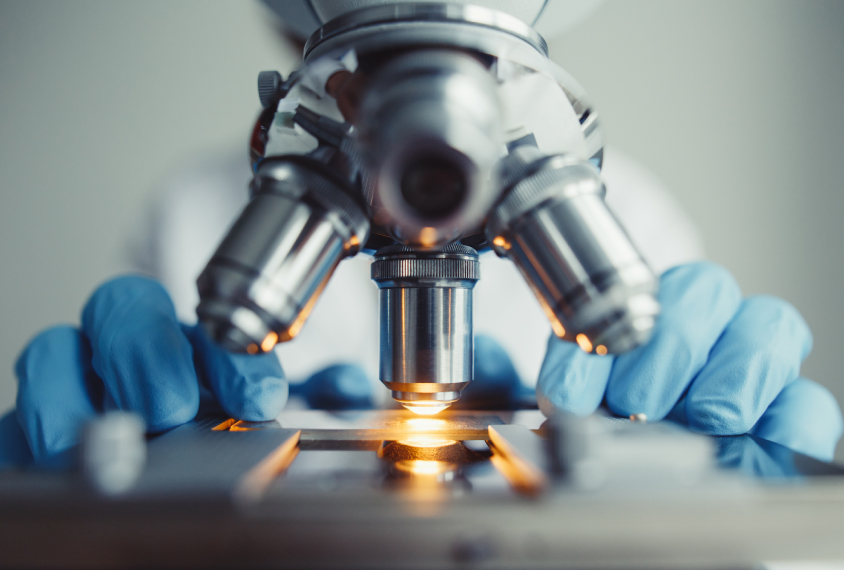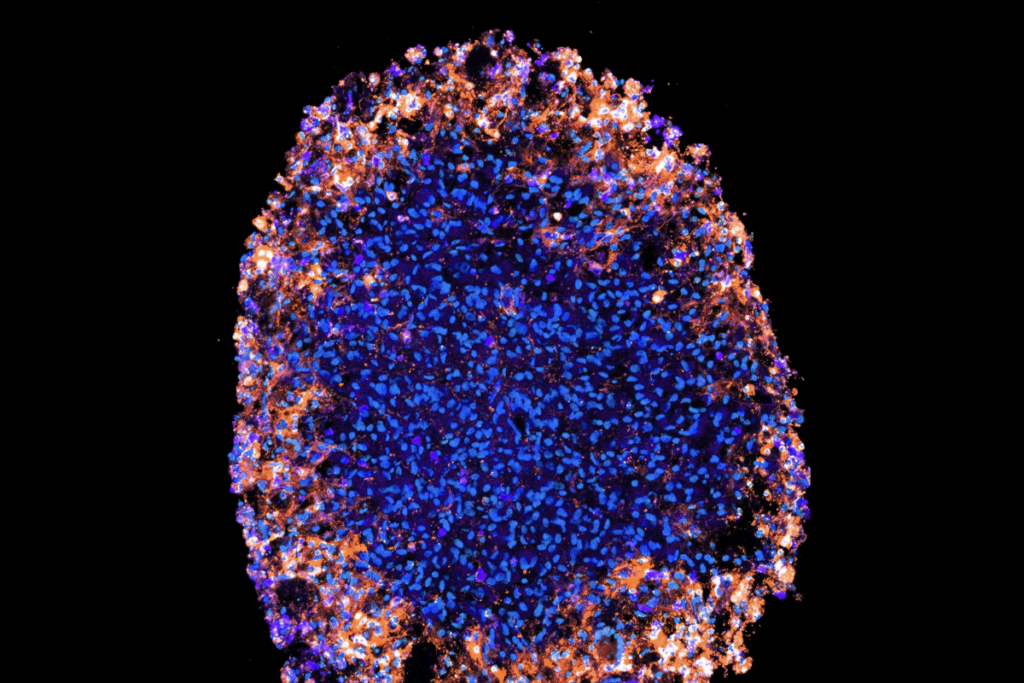Michelle Andrews
From this contributor
How Trump’s fetal-tissue policy impacts medical research
The announcement this week that the U.S. federal government is changing its policy on the use of human fetal tissue in medical research is designed to please anti-abortion groups.

How Trump’s fetal-tissue policy impacts medical research
Narrow networks make it difficult to access mental health care
The average provider network includes only 11 percent of all the mental health care providers in a given market, according to a recent study.

Narrow networks make it difficult to access mental health care
CHIP insurance plan cheaper than Affordable Care for children with autism
Children with chronic conditions are especially vulnerable to health insurance changes, as they often rely on specialists and medications that may not be covered if they switch plans.

CHIP insurance plan cheaper than Affordable Care for children with autism
Explore more from The Transmitter
Among brain changes studied in autism, spotlight shifts to subcortex
The striatum and thalamus are more likely than the cerebral cortex to express autism variants or bear transcriptional changes, two unpublished studies find.

Among brain changes studied in autism, spotlight shifts to subcortex
The striatum and thalamus are more likely than the cerebral cortex to express autism variants or bear transcriptional changes, two unpublished studies find.
What is the future of organoid and assembloid regulation?
Four experts weigh in on how to establish ethical guardrails for research on the 3D neuron clusters as these models become ever more complex.

What is the future of organoid and assembloid regulation?
Four experts weigh in on how to establish ethical guardrails for research on the 3D neuron clusters as these models become ever more complex.
Insights on suicidality and autism; and more
Here is a roundup of autism-related news and research spotted around the web for the week of 8 December.

Insights on suicidality and autism; and more
Here is a roundup of autism-related news and research spotted around the web for the week of 8 December.